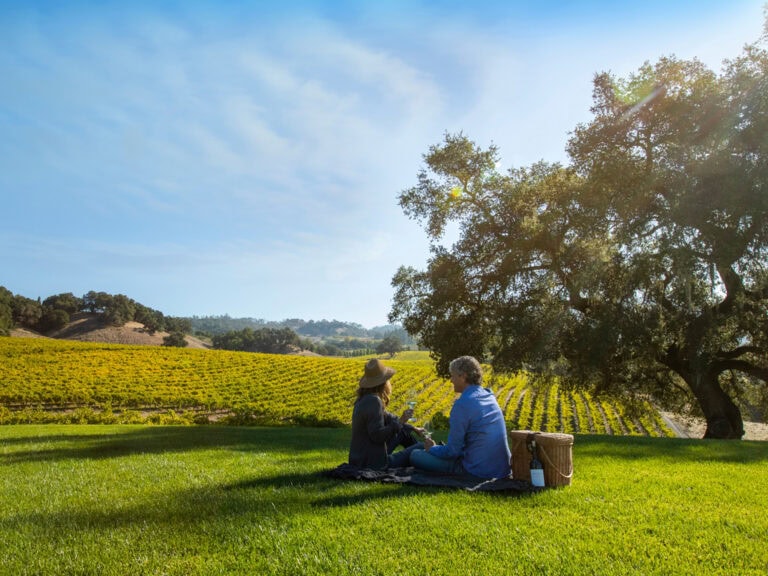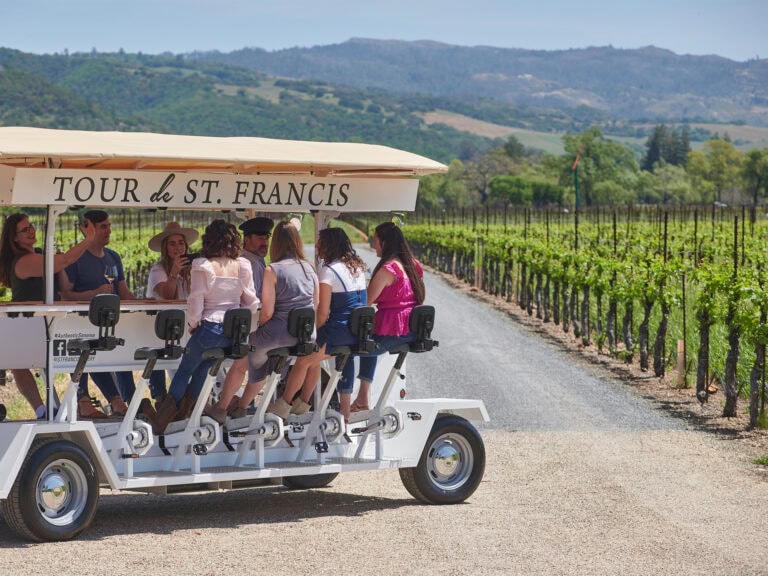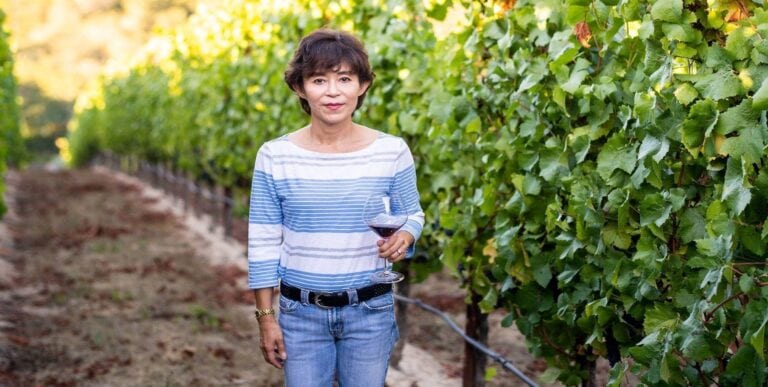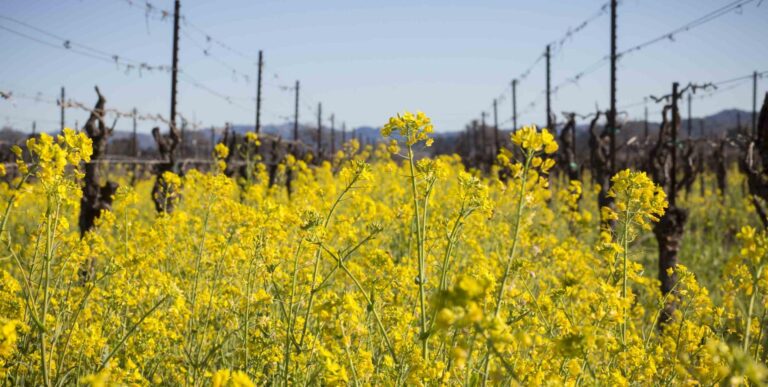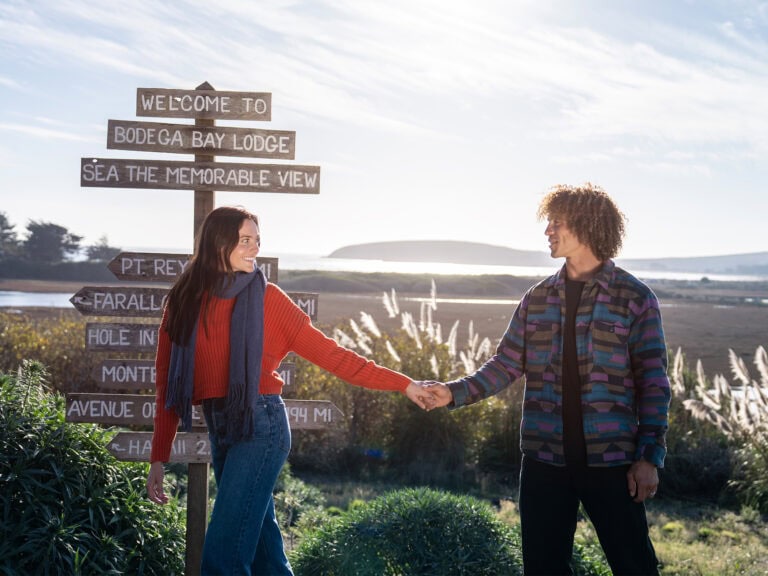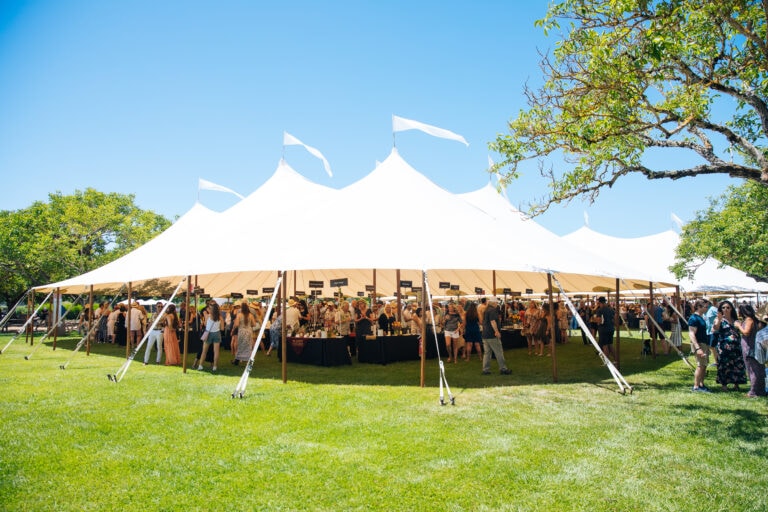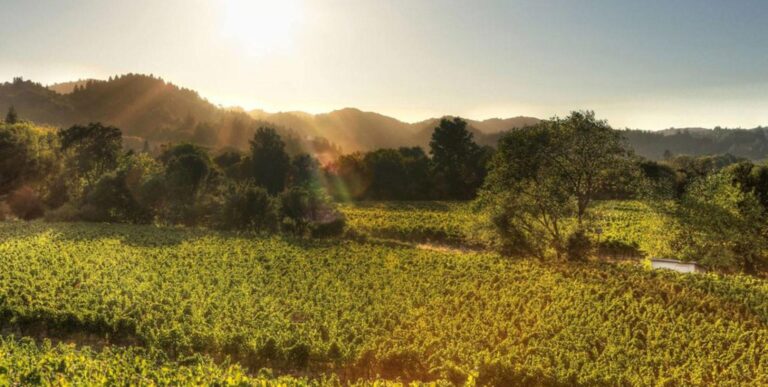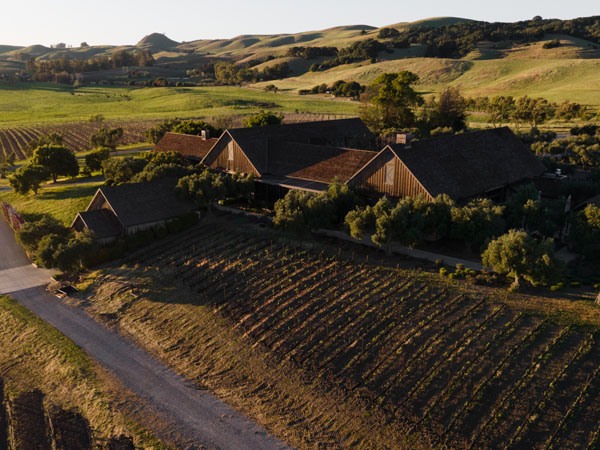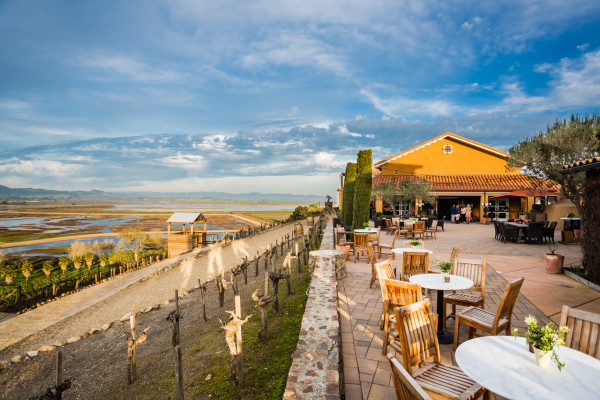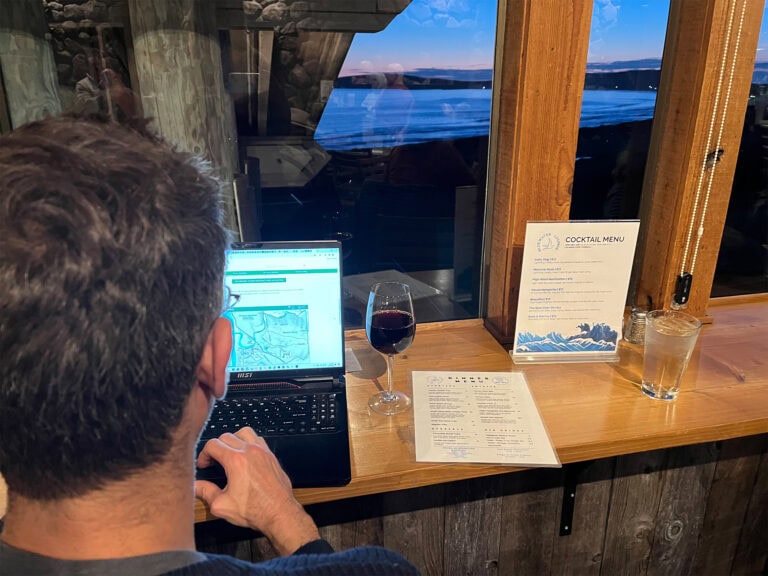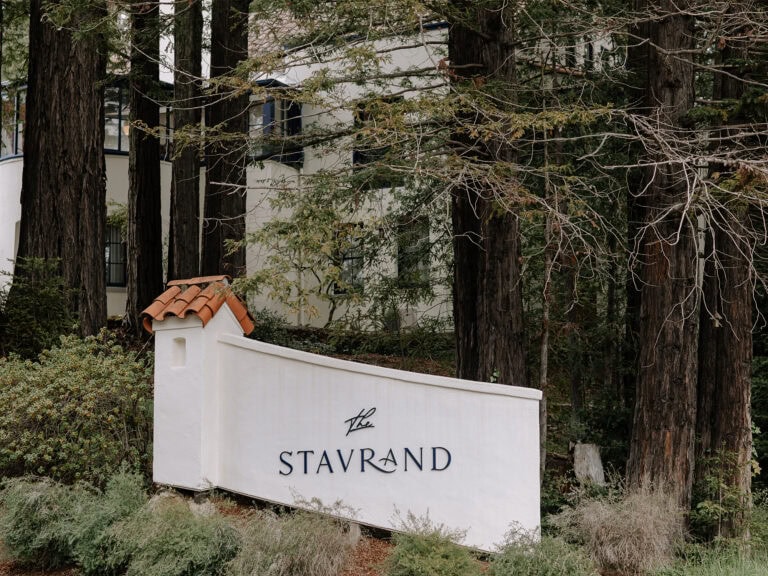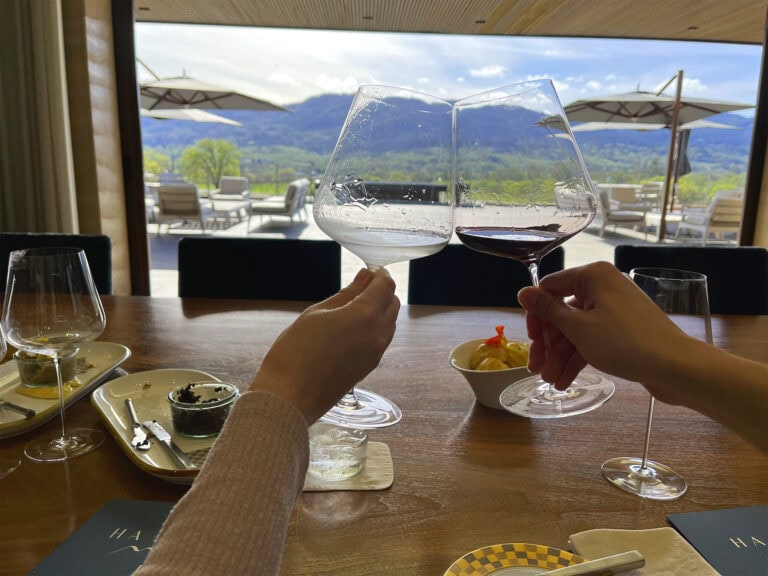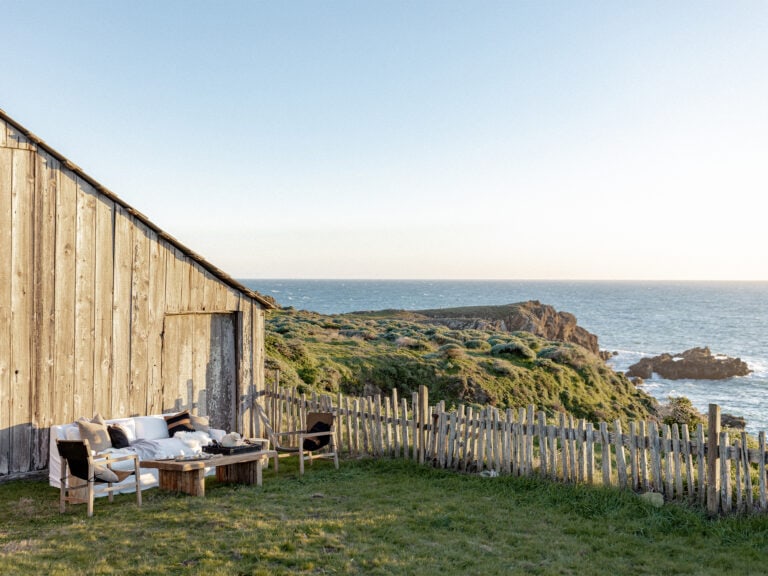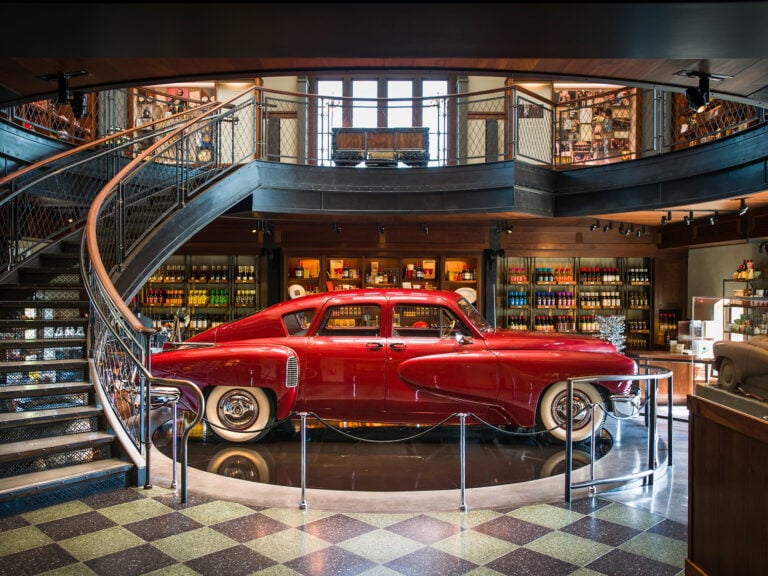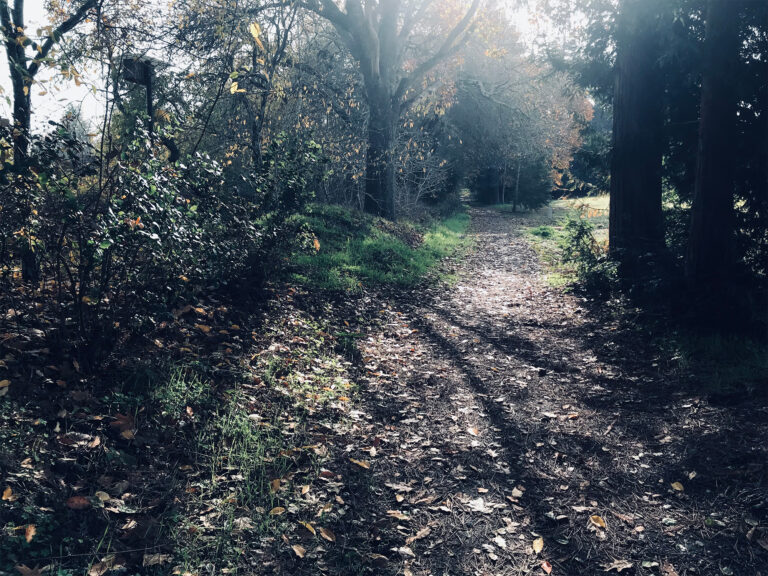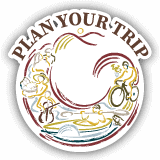Hiking: San Pablo Bay National Wildlife Refuge
The trails at the San Pablo Bay National Wildlife Refuge offer some of the most rewarding and unusual Sonoma County hikes, with wide open spaces just minutes away.
With its bay and tidal marsh, mud flats, wetland habitat, and open water, the refuge is an important location on the Pacific Flyway, home to large populations of resident and migrating birds at every season of the year.
Late fall through early January is a particularly good time of the year here. That’s when the refuge becomes home to a huge array of migrating/wintering waterbird and shorebird species – in addition to its diverse population of resident bird, mammal, invertebrate, fish, and plant species.

This is truly a refuge, a protected place to shelter and breed for many species at serious risk of survival. Some species, like the California Clapper Rail and Least Tern, are listed as both state and federally endangered. One fish – the Delta Smelt – is on both state and federally threatened lists.
A great many bird species that breed here are considered by the U. S. Fish & Wildlife Service to be “species of conservation concern.” Many more rare creatures take refuge here throughout the year.
The Trails
The San Pablo Bay National Wildlife Refuge is open year-round during daylight hours, and while dogs are not allowed here, the following trails are open to human hikers:

Tolay Creek/Lower Tubbs
The longest and most interesting of the trails in the refuge, the 8.1-mile Tolay Creek/Lower Tubbs Trail is flat and graded, perfect for easy hiking through truly beautiful landscapes. On clear days you can see the surrounding mountains of Marin County, the East Bay, and Sonoma, and possibly even the bridges of San Francisco.
The trailhead and a small parking lot are located off Highway 37, one-quarter mile east of its junction with Highway 121 to Sonoma. Park your car, walk down the dirt road past the trailhead gate and kiosk, and then follow the Tolay Creek levee past broad agricultural lands.
In late fall these are typically plowed and empty, stretching east as far as you can see, often under a vast blue sky. As you walk, marshy areas begin to appear. The ubiquitous and salt-tolerant pickleweed, bright green in summer, turns red and orange in the fall.
Keep an eye out for smallish birds with long beaks poking around the shallows, seeking food; snow-white egrets standing aloof and looking bored; or flocks of ducks, moving across deeper waters or taking refuge in tall reeds.
Trail note: Some maps may show the Lower Tubbs Island portion of the trail as a loop, but the 2014 South Napa Earthquake tore a breach in the levee, making two sections of the loop trail impassible. The U. S. Fish & Wildlife decided that this breach was best for the wetlands, and the current trail map shows the trail as it is today, without the loop section.

Cullinan Ranch
Once part of former 1,500-acre oat hay ranch in the 1800s, the 1.3-mile Cullinan Ranch Trail now meanders through an extensive tidal marsh restoration project.
The parking lot is 3.4 miles west of Mare Island on Highway 37. From there, the trail heads north until you reach South Slough, offering views of Cullinan Ranch to the east and a pond to the west, with numerous waterfowl and shorebirds foraging and resting in both areas.

Sears Point
The parking lot at 7699 Reclamation Road offers access to four trails:
- Sears Point Trail (1.3 miles) leads to the headquarters of the San Pablo Bay National Wildlife Refuge, with views of oat hay fields that create seasonal wetlands in the wet months.
- Eliot Trail (2.5 miles) is one of the newest sections of the San Francisco Bay Trail, a planned 500-mile walking and cycling path around the entire San Francisco Bay. The Eliot Trail offers views of the Sears Point Wetland and Watershed Restoration Project. Seasonally the area contains open water, and waterfowl and shorebirds rest and forage here.
- Dickson Trail (0.3 miles) runs south on the levee from the Eliot Trail, providing views of the Sonoma Baylands to the west and the Sears Point Restoration Project to the east.
- Sonoma Baylands Trail (1.4 miles) provides views of newly forming tidal marsh vegetation in the Sonoma Baylands. This trail can also be accessed at Port Sonoma Marina Boulevard, 1.5 miles west of Reclamation Road.
As previously mentioned, San Pablo Bay National Wildlife Refuge is open year-round during daylight hours. Human hikers are permitted on the trails, but dogs are not allowed.
Also Nearby
Just north of the Refuge on Arnold Drive, you’ll see Sonoma Raceway, a year-round motorsports complex with events scheduled a majority of the year. If you’d like to do a little wine-tasting after your hike(s), head just a bit further north to two fabulous Carneros AVA wineries, Ram’s Gate Winery and Viansa Sonoma.
To discover other great area hikes, check out our Guide to Hiking In Sonoma County, then find more info about things to do, restaurants, and hotels & lodging in Sonoma County.
Places Mentioned
THIS IS WINE COUNTRY.
Share your experience using #SonomaCounty or #LifeOpensUp
